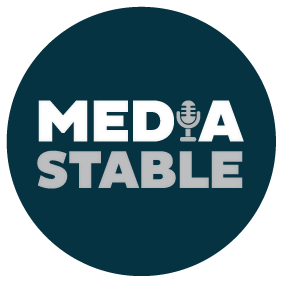Tushar Kapadia – Inside Small Business
eCommerce consultant
How to navigate the world’s biggest supplier marketplace.
Finally settling on a product to bring to market can feel like a real turning point for a small business. But it’s just the beginning. Now the hard work of sourcing that product gets underway and it’s a daunting task.
English-speaking eCommerce portal Alibaba.com is a virtual bazaar that sells everything from leather jackets to earthmovers, from more than 240 countries and regions.
But, how do you know that the seller is reputable, and the products are good quality? These are the steps I recommend you take to navigate the world’s biggest marketplace:
Use the search and filtering options to look for the following:
- Verified supplier badges: The supplier’s company profile, production capabilities, products and process controls have to be inspected, assessed and verified by independent third-party institutions to assure reputable and consistent expertise on Alibaba.com.
- Trade Assurance: Covers you in the event of shipping or quality-related disputes.
- Certifications: Validation of specific technical or production capabilities.
- Locations: Alibaba covers more than China. You can also source suppliers from across Asia and Europe.
Next, review supplier profiles in more detail and verify their legitimacy:
- Review their certifications, years in business, and average response times.
Then, commence communication with multiple suppliers:
- Compare prices, MOQs, and terms.
- Evaluate their responsiveness and their willingness to be flexible to meet your requirements. Many suppliers are accustomed to dealing with very large orders and may not be willing or geared to helping startup businesses.
Once you’ve done this, ask for product samples to assess quality before making a bulk purchase. The quality of the initial sample can be a good indication of their seriousness and their internal quality controls. Suppliers will often allow you to order multiple samples as you move through an iterative process of product development.
And don’t forget to review suppliers’ payment terms and methods and understand how flexible they are:
Now it’s time to negotiate and communicate.
- Develop clear and effective communication with potential suppliers.Negotiate terms, including pricing, MOQs, payment schedules, and shipping costs. Don’t always select the lowest cost supplier as flexibility and responsiveness may be more valuable when you really need their assistance later on.Ask for a ladder quote. This is a quote that shows how unit prices drop as order quantities increase.Keep records of all communication for reference and dispute resolution if necessary.
- Be respectful and professional in your negotiations to establish a positive long-term relationship with suppliers.
It’s important you familiarise yourself with shipping and logistics:
- Understand the different shipping options available (e.g., air, sea, express) and their cost implications based on the type of product you are sourcing.Calculate and budget for shipping costs and customs duties. Clarify shipping terms (e.g., FOB, EXW) with your supplier.
- Suppliers often work with freight forwarders but consider sourcing your own freight forwarder or third-party logistics provider. They can be a valuable resource to help you navigate the challenges and various options with shipping, logistics and customs.
Finally, ensure you meet your legal and compliance responsibilities:
- Familiarise yourself with import/export regulations in your country and the country of your supplier.Ensure compliance with product safety standards and certifications required in your market.Establish clear contracts with suppliers that outline terms and conditions, including quality control, return policies, and dispute resolution mechanisms.Protect your intellectual property by considering trademarks, patents, and non-disclosure agreements.
- Understand tax implications and import duties related to your products.
